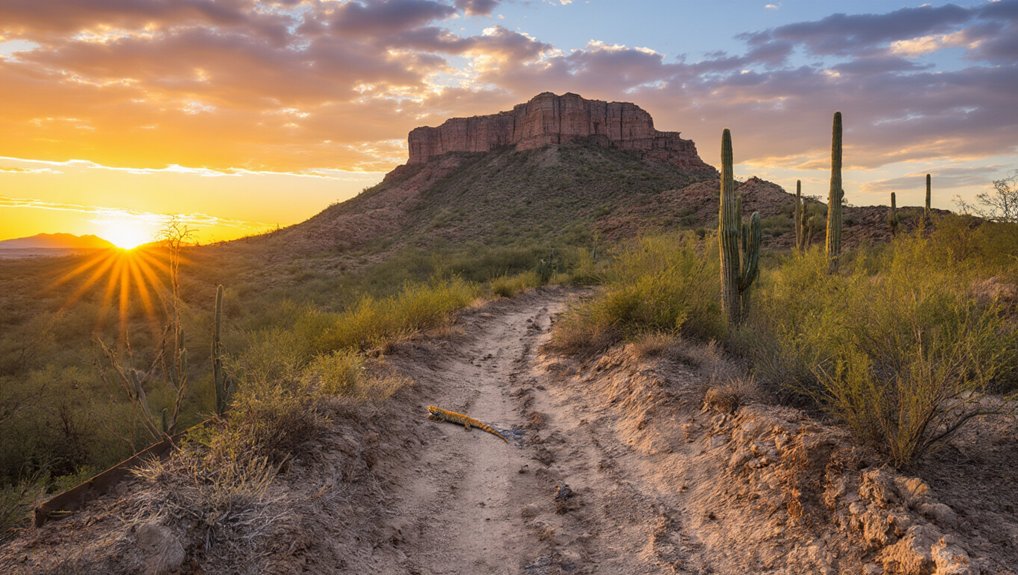Slicing through ancestral waters, Indigenous youth are reclaiming their heritage one paddle stroke at a time. After decades of fighting, they’re finally seeing results. The largest dam removal project in U.S. history has taken down four of six Klamath River dams by 2024. Not a moment too soon.
These waterways aren’t just rivers. They’re lifelines. The Yurok, Karuk, Hoopa, Shasta, and Klamath peoples have waited generations to reconnect with their ancestral waters. Dam removal means salmon can return. Traditional routes can reopen. A culture can breathe again.
Forty-three Native youth trained for years to paddle over 300 miles of the newly liberated Klamath. Not just casual paddling—we’re talking whitewater skills learned in Chile and Africa. Risk management. Leadership development. These kids mean business.
Every journey begins with ceremony. Sage blessings on kayaks. Prayers to ancestors. Youth requesting permission to land, following protocols passed down through generations. This isn’t summer camp. It’s cultural revival.
The annual canoe journeys have exploded in popularity, with 79 canoe families participating recently. Many crews are mostly teenagers. The Pacheedaht First Nation jumped back in after a 20-year hiatus. The expedition marks the first source-to-sea descent since the major dam removals were completed last fall. Better late than never.
These programs deliberately put young people in charge. Let them make decisions. Let them face the wind and waves. Let them figure it out. They return as ambassadors, role models. Future river protectors.
Ages 13 to 20, these youth form bonds stronger than most adults will ever know. Try sharing a canoe through rough water without becoming family. Impossible.
For communities that have lost so much, these journeys represent healing. Cultural pride. Unity. The Rios to Rivers nonprofit organized this journey through their Paddle Tribal Waters program, bringing together youth from various tribes to strengthen their connection to their heritage. The paddling connects heart and soul to community values in ways classroom learning never could.
The water remembers. Now, as dams fall and salmon return, a new generation remembers too. They’re not just reclaiming rivers. They’re reclaiming their future. One paddle stroke at a time.
References
- https://www.opb.org/article/2025/06/10/indigenous-youth-prepare-for-the-first-descent-down-the-klamath-river-after-dam-removal/
- https://www.sfchronicle.com/outdoors/article/klamath-river-dam-kayak-20359906.php
- https://www.underscore.news/culture/youth-leadership-the-focus-of-2024-canoe-journey/
- https://www.seattletimes.com/seattle-news/northwest/first-time-in-100-years-young-kayakers-on-a-ride-for-the-ages/
- https://www.natureunited.ca/content/dam/tnc/nature/en/documents/EmergingLeaders_NatureUnitedv3.pdf








